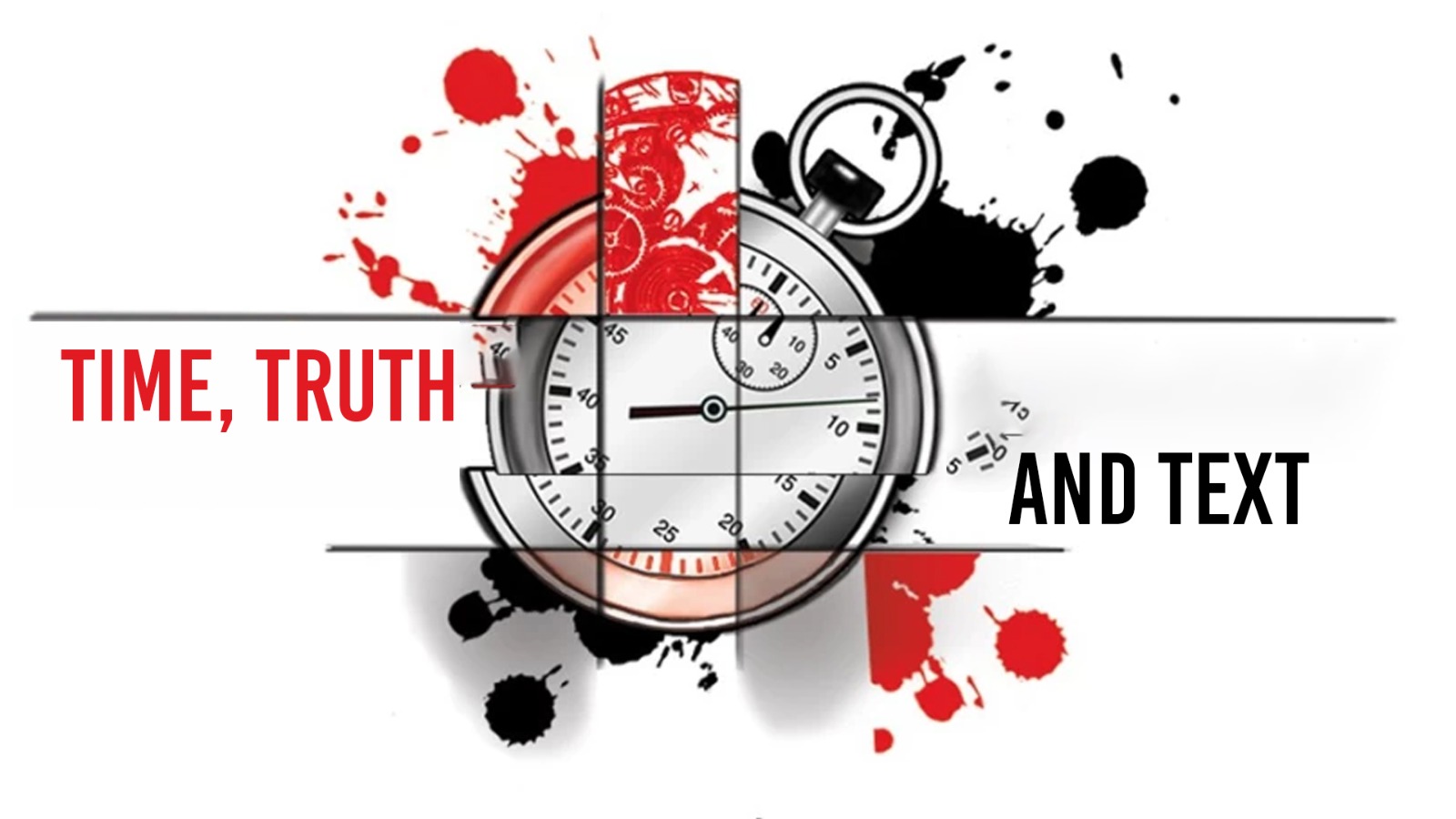Introduction:
In the realm of human knowledge and understanding, three interconnected concepts play a crucial role: time, truth, and text. Time shapes our perception and experience of reality, truth guides our pursuit of knowledge, and text serves as a medium for preserving and transmitting information across generations. This chapter delves into the intricate relationship between time, truth, and text, exploring how they influence and shape one another.
1. Time and Perception of Truth:
Time is a fundamental dimension of human existence, and it has a profound impact on our perception of truth. As time progresses, our understanding and interpretation of truth evolve, often leading to new insights and discoveries. Historical accounts and scientific theories are subject to revision as new evidence emerges and perspectives change over time. The passage of time allows us to refine our understanding of truth, shedding light on previously obscured aspects of reality.
2. Truth as a Temporal Concept:
Truth itself can be viewed as a temporal concept. It is not fixed or immutable but rather subject to interpretation and revision. Our understanding of truth is influenced by the prevailing knowledge, cultural context, and individual perspectives of a particular time period. What may be considered true in one era may be challenged or disproven in another. The dynamic nature of truth highlights its dependence on the ever-changing nature of time.
3. Text as a Timeless Repository of Truth:
Text serves as a means of capturing and preserving knowledge across time. It allows us to transcend temporal limitations and bridge the gap between different generations. Through the written word, ideas, experiences, and truths can be transmitted across centuries, ensuring their survival and accessibility to future generations. Texts, whether ancient manuscripts or modern digital archives, provide a window into the past, enabling us to learn from the wisdom and achievements of those who came before us.
4. The Influence of Time on Textual Interpretation:
The passage of time also influences how texts are interpreted and understood. A text written in a specific historical context may be interpreted differently in a different era. The evolving perspectives, cultural norms, and intellectual frameworks of a society can shape the way texts are interpreted, leading to new insights or reinterpretations of their original meaning. Time acts as a lens through which texts are viewed, revealing layers of meaning that may not have been apparent initially.
5. Textual Transmission and the Shifting Sands of Truth:
The transmission of texts across time can introduce challenges in preserving the integrity of truth. Texts can be subject to alterations, omissions, or intentional manipulations as they pass through different hands and cultural contexts. The reliability and accuracy of a text can be compromised over time, requiring careful textual analysis and critical evaluation to discern the underlying truth from potential distortions. Scholars and historians play a vital role in navigating this complex landscape, seeking to uncover the original intent and meaning of texts while accounting for the temporal influences they have undergone.
Conclusion:
Time, truth, and text are intricately intertwined concepts that shape our understanding of the world and our place in it. Time provides the backdrop against which truth unfolds and evolves, while text serves as a medium for capturing and transmitting knowledge across generations. The relationship between these concepts is dynamic and complex, requiring us to approach truth and texts with an appreciation for the temporal nature of human existence. By recognizing the interplay between time, truth, and text, we can navigate the ever-changing landscape of knowledge and gain deeper insights into our collective understanding of reality.

Comments